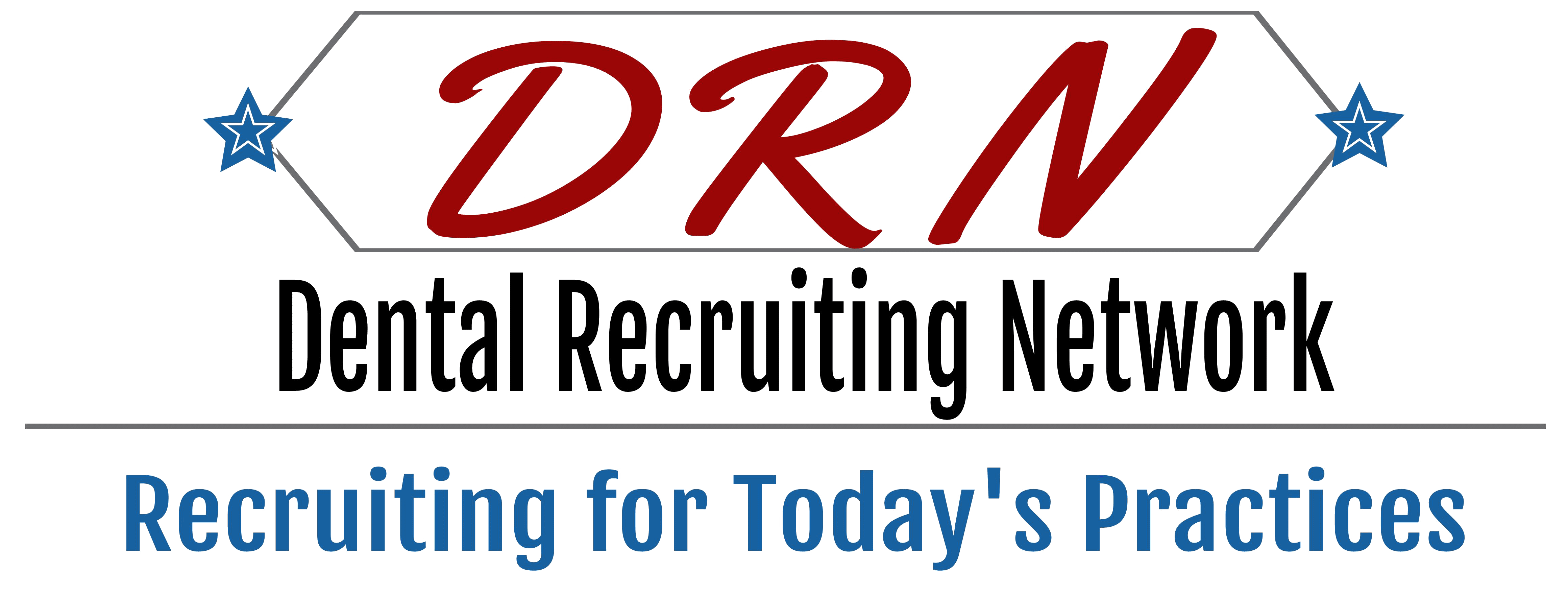The U.S. Bureau of Labor and Statistics reports that, as of 2019, that there were 226,400 dental hygiene jobs in the U.S., with a projected increase in demand of 13,300 by 2029. At a time when many areas across the country were already experiencing a shortage, the COVID-19 pandemic arrived to further complicate the issue. Since the onset of the pandemic, numerous surveys conducted through the Health Policy Institute (HPI) have analyzed the impact that COVID-19 has had on dentists and dental practices (a few have focused on the specific impact on dental hygienists).
According to HPI data, the COVID-19 pandemic has led to an 8% reduction in current dental hygienist employment. The shortage is so significant in some states that dentists are hiring associates to provide hygiene care. According to the Health Policy Institute data, the supply of dentists year over year has steadily increased in recent years. As many of you have no doubt experienced, associates were slow to be rehired after practices opened back up following state-mandated COVID-19 closures. The same is not true for dental hygienists who have instead voluntarily left the field.
What Happened?
Where did the hygienists go? The HPI survey points to a voluntary reduction according to 59.1% of hygienists. Today’s RDH posted results of their COVID-19 survey revealing that 9% of hygienists left the field for the following reasons:
- Retired early due to the pandemic (24%)
- Did not feel safe working clinically “at this time” (21%)
- Laid off or fired due to the pandemic (10%)
- Employer did not provide PPE or safe work environment (4%)
- Needed to stay home with children (3%)
Hygienists have left the field for a variety of reasons over the years, including feeling unsatisfied with the work environment or culture, physical and ergonomic issues, a lack of appreciation, poor leadership, unreasonable schedules, and, most recently, the impact of COVID-19. Historical shortages coupled with the additional impact COVID-19 has had generated the perfect storm resulting in a tighter than ever job market.
For many, COVID-19 provided an opportunity to reflect on current work-life balance equations and found the “life” side not weighted heavily enough. According to the Harvard Business Review, burnout worsened during the pandemic. In response, many employers have worked to focus on organizational solutions such as giving employees a sense of purpose, decreasing their workloads, making it safe to talk about their mental health at work, becoming more empathetic managers, and facilitating connections with others.
Are these philosophies taking place in dental practices? Work cultures may need to change to create practices that hygienists seek out for employment. Healthy work cultures will increase employee retention and promote internal referrals that lead to better hires. Many corporations are finding remote workers are happier and equally as productive in this environment. Unfortunately, dental hygiene services can’t be offered remotely, yet there are other benefits you can provide to meet a healthy work-life balance for potential and current employees.
What Can We Do?
Over or understaffing in a dental practice reduces job satisfaction. With patient levels dropping since COVID-19, it is appropriate to calculate the patient demand again to make sure you are offering, and hiring for, the correct number of hygiene days.
- Don’t be afraid to offer an assisted hygiene approach during a tight job market. Some hygienists prefer this schedule. But you need a dedicated, amazing dental assistant who knows how to make it work.
- If the hygienist sees more patients per day, assume the compensation will be higher.
- Flexibility is key. Some hygienists prefer a traditional schedule that consists of an hour per patient with more time for nonsurgical periodontal therapy/SRP.
- The bottom line is that not all hygienists want the same thing.
A single opening per day in the hygiene schedule creates an immediate production loss followed by a loss in the restorative schedule due to a lost exam opportunity. While fees vary from state to state, this loss is substantial. In a tight job market, it may be worth it to consider hiring an associate who is willing to take care of hygiene patients as needed. Of course, this is not an ideal solution, but it is better than taking a loss in revenue due to the inability to offer hygiene services.
Would you rather work for a successful dental practice or one that is financially struggling to keep the doors open? How do you know which one you are working in? Creating a culture of trust includes sharing how well the practice is doing and developing a coworker relationship that relies on integrity. Leaders in dental practices can develop trust by communicating openly and frequently about the health of the practice and vision for the future. It helps the team rally together for a common goal. Is this happening in dental practices?
Strategize how to sweeten the deal and improve the work culture to attract quality candidates. This includes reviewing compensation packages and perks to retain current hygienists. In addition to offering competitive compensation packages for your area, consider offering the following and highlighting them in your search efforts:
- Offer flexible schedules that will allow employees an opportunity to manage childcare or other personal challenges.
- Provide scheduled breaks in addition to the lunch break. PPE can be uncomfortable; give them a chance to take it off and step outside for fresh air.
- Provide drinks and snacks in the lunchroom.
- Keep the team posted on PPE supplies and the efforts to increase current supplies. Let them know you have X number of weeks of gloves, masks, cleaning supplies, etc. It will help build confidence that their safety is a top management concern. Share this information on a monthly basis to keep the team updated.
- Create a culture of gratitude by checking in with individual team members weekly to see how they are managing, what their current stress level is, and what steps can be taken to improve the workflow. A heartfelt note of appreciation goes a long way.
- Provide clear, accurate job descriptions. The more upfront and honest you are, the better chance you have of attracting (and keeping) a strong candidate.
- Provide adequate instruments, early exams, and allow enough time to provide the level of care the team member is proud to provide.
- Schedule consistent individual team and entire staff meetings on at least a monthly basis. Open communication will help reduce challenges and chaotic schedules that lead to burnout.
- Develop your team members through mentoring and educational opportunities.
Get your practice out there! Hygienists looking for a good fit should be able to see and feel this from your website, your physical practice, and your social media posts.
- In addition to traditional avenues such as Indeed, Craigslist, and local dental and hygiene societies, don’t underestimate the value of social media when posting advertisements. Facebook groups, LinkedIn, and Instagram can be successful forums to spread the word that you are hiring.
- Consider your current team members as practice ambassadors, offering a bonus to employees who refer a candidate. The best employees, just like patients, are a result of internal referrals.
- The job posting should match the reality of the work environment. Sometimes, vision and reality are not the same. Be true to your reality; if it is a busy practice with multiple providers, it is appropriate to note that in your posting. Don’t mislead a candidate.
If you need to, take a step back, evaluate your work culture, and create a workplace where hygienists want to work. The shortage of hygienists in the marketplace is real and doesn’t appear to be getting better, but with good planning and the right response, your practice can continue to thrive.
This Month’s Inspirational Quote:
It might
Take a year.
It might take a day.
But what’s meant to
be will always find
its way.
Judy ?

